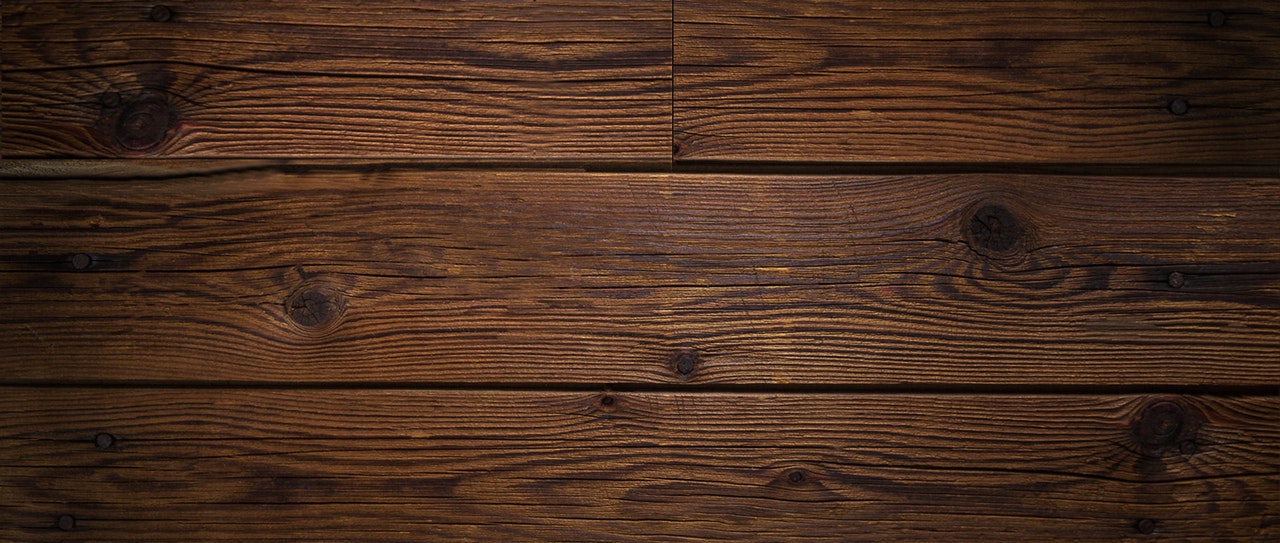As people become more conscious about their personal environmental impact, they start to take steps to reduce their burden on the world’s resources. Some immediate actions may include recycling, changing diet or reducing the amount of water used. However, the materials one uses for home construction can also play a role in environmental sustainability. In this article, we go over some of the facts you should know about how sustainable flooring can reduce your environmental impact.
What Is Sustainability?
When choosing your flooring materials from an environmental perspective, you’re typically looking to reduce your carbon footprint. Ways to do this include installing floors made of reclaimed wood, choosing materials that are manufactured with low carbon output, using materials that don’t need to be shipped long distances, buying materials that are long lasting and deciding on manufacturing processes that use fewer natural resources.
Sustainable Flooring Options
Reclaimed Woods
A current trend is using woods that have already been used for some other purpose. This not only eliminates the need to cut down more trees, but it also stops older building materials from entering the landfills. Reclaimed wood can come from many sources and quite often has the carbon footprint benefit of being sourced close to home.
Cork
Cork is considered a sustainable material because it’s composed of the bark of the cork tree. Creating cork flooring materials does not require cutting the tree down or killing it. The outer bark is removed, leaving the tree intact and allowing it to continue growing. The bark grows back quite quickly with it taking about 10 years for another usable layer to grow back. Most of the world’s cork is grown in Portugal meaning there are long distance shipping issues for locales outside of Europe.
Hardwood
Hardwoods are considered a sustainable resource for the fact that they are incredibly durable and can last for decades. Hardwoods are also grown all over the world which means that most areas have easy access to supplies of hardwood lumber. In North America, oak is considered to be the most sustainable hardwood because of forestry management practices that ensure consistent replanting.

